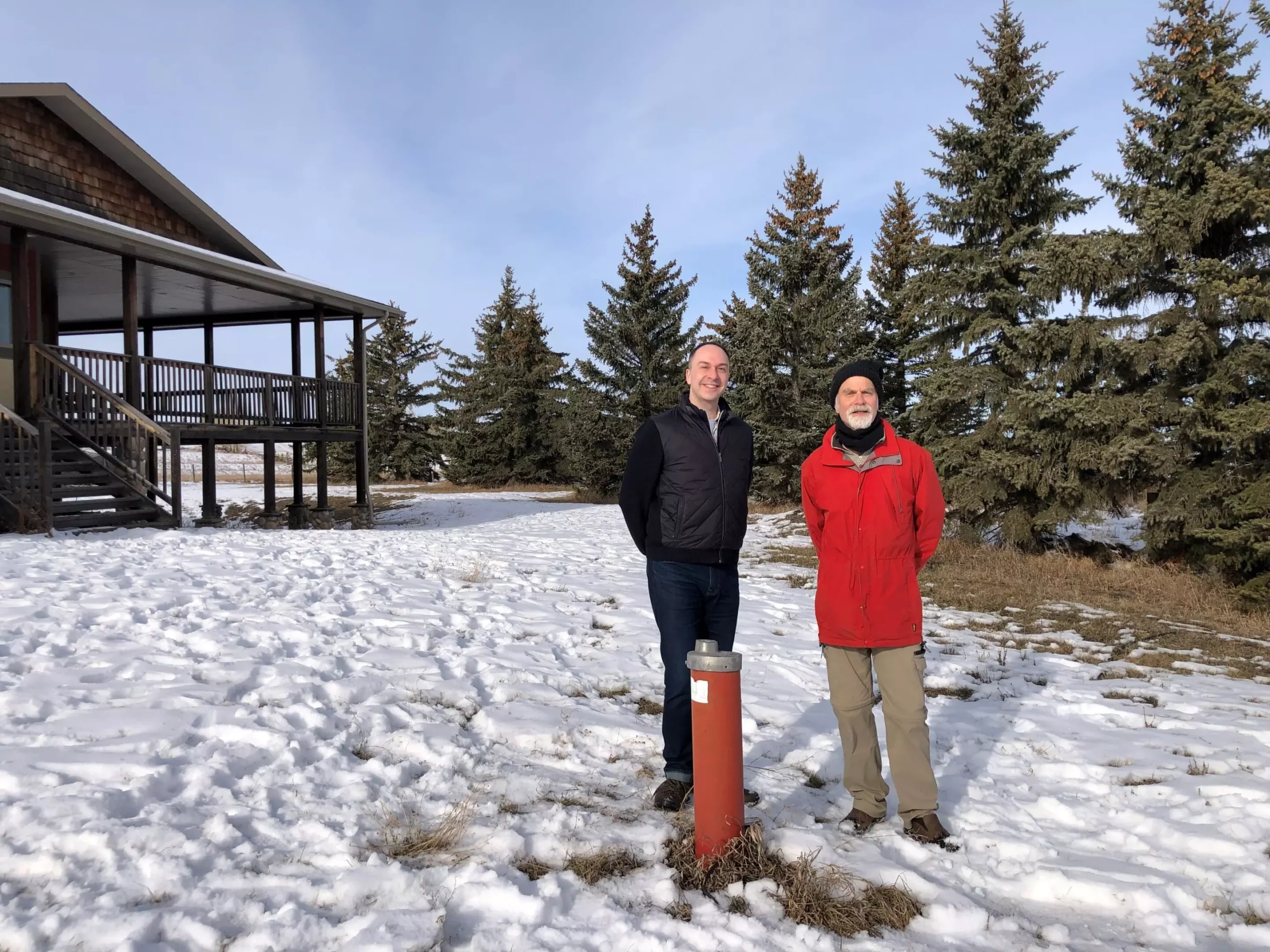A recent study conducted by researchers at the University of Calgary revealed a significant link between radon exposure in rural homes and their proximity to drilled groundwater wells. This transdisciplinary team, comprised of experts from the faculties of medicine, science, and architecture, set out to investigate the reasons behind the elevated levels of radon found in rural communities compared to urban areas. The findings of their study shed light on an unexpected connection between radon gas and water wells.
The Role of Water Wells
Dr. Aaron Goodarzi, the principal investigator of the study and an associate professor at the Cumming School of Medicine, highlighted the impact of water wells on radon levels in rural homes. According to Dr. Goodarzi, the wells themselves appear to be acting as unintended conduits for radon gas deep within the ground. This discovery challenges previous assumptions about the sources of radon in indoor air and emphasizes the need for further investigation into the role of water wells in radon exposure.
Dr. Cathy Ryan, a study co-lead and professor in the Faculty of Science, raised the possibility of “unintended” or “fugitive” radon gas migration along water wells, drawing parallels to methane gas emissions near oil and gas wells. The researchers found that while radon levels in well water were not a significant contributor to indoor radon concentrations, the drill hole space surrounding water well pipes could be responsible for the observed increase in radon levels in rural homes. This unexpected source of radon exposure underscores the complexity of addressing radon contamination in residential settings.
Radon is an invisible, odorless, and tasteless radioactive gas that poses serious health risks, particularly when concentrated indoors. Prolonged exposure to high levels of radon is the leading cause of lung cancer among non-tobacco users in Canada. Understanding the environmental factors that contribute to elevated radon levels is crucial for designing safe and healthy buildings. According to Josh Taron, a study co-lead and associate dean at the School of Architecture, Planning and Landscape at UCalgary, insights from this research can inform building designs that address geological issues related to radon contamination.
The study, published in Scientific Reports, revealed that individuals living in rural communities are exposed to 30 percent higher residential radon levels than their urban counterparts. This rural radon effect was consistent across households in Canada, highlighting the importance of regular radon testing, especially in areas where drilled groundwater wells are prevalent. The findings of this study underscore the need for increased awareness of the potential sources of radon exposure and the importance of implementing measures to mitigate radon contamination in residential environments.
The research conducted by the University of Calgary researchers has provided valuable insights into the relationship between radon exposure and drilled water wells in rural homes. By uncovering the unexpected role of water wells as conduits for radon gas, this study has opened up new avenues for further exploration and remediation efforts to reduce radon contamination in residential settings. The implications of this research extend beyond rural communities and underscore the importance of proactive radon testing and mitigation strategies in all homes, regardless of their location.


Leave a Reply